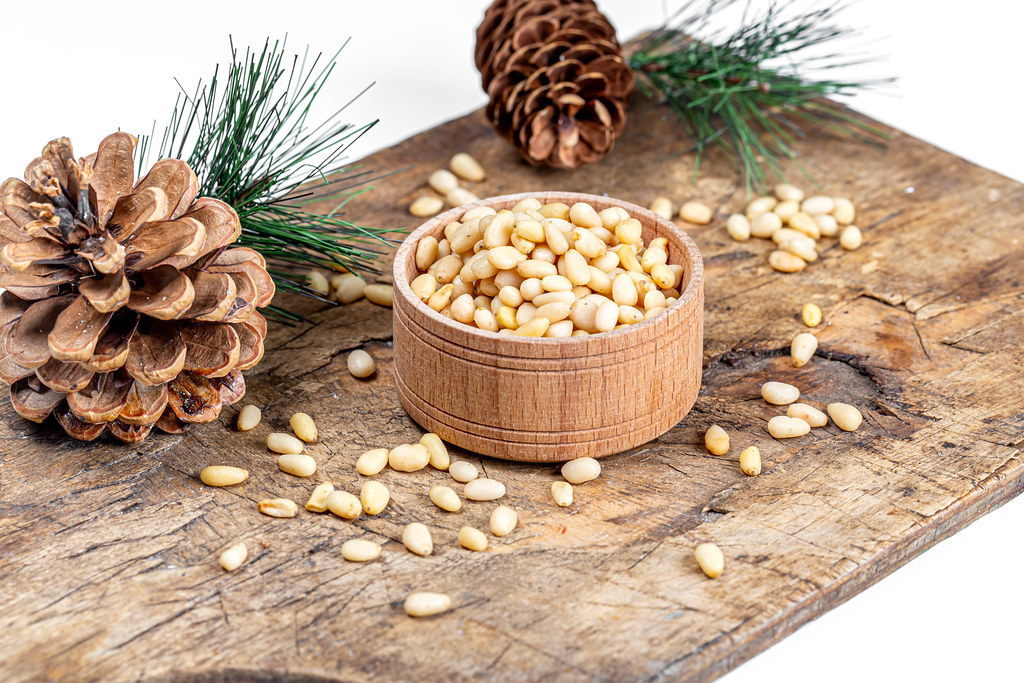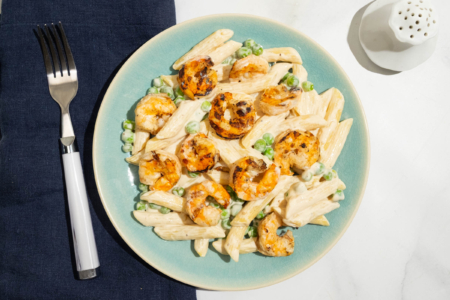Also known as pignoli, these delicious nuts are often used to make both savory and sweet dishes. Rich and creamy with a high fat content, pine nuts add a luxurious touch to any meal.
History
Pine nuts come from pinyon pine trees. They are native to the United States but other types of pines are seen in Europe and in Asia.
Types of Pine Nuts
There are more than 100 different pine trees seen in the world, all containing the seed. From amongst these 100 trees, only some of these nuts are edible. All of them grow in the Northern Hemisphere of the world from Europe to Russia to Central Asia to China and to Canada.
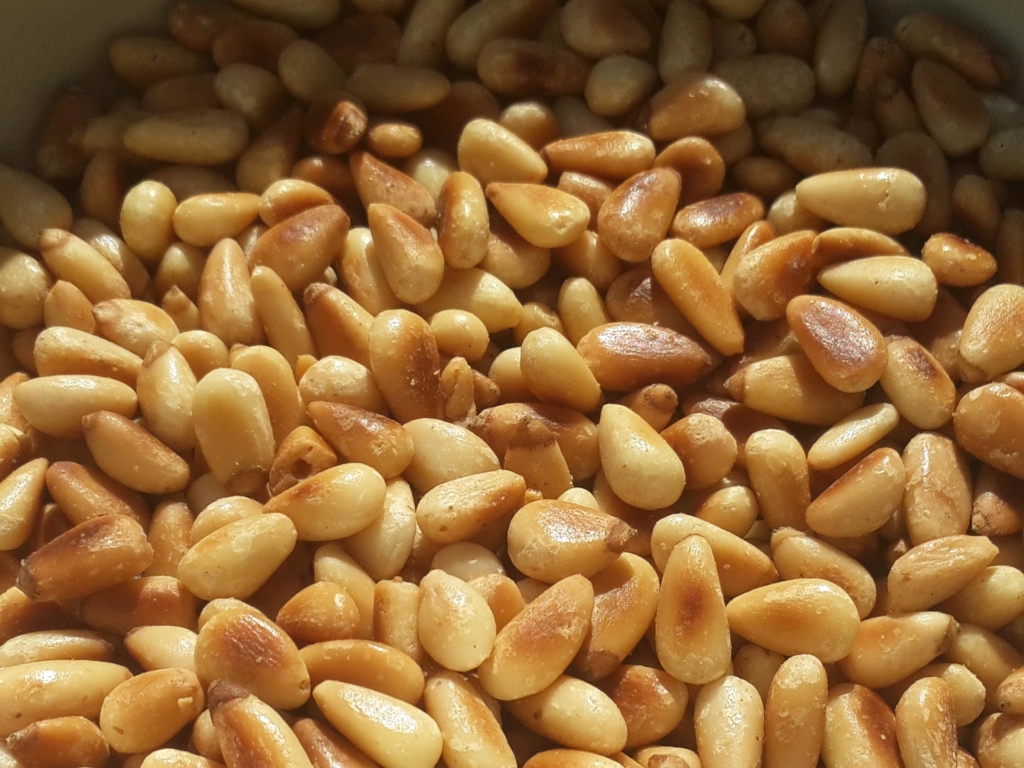
There are various types of pine trees, but here are four that are most common:
Chinese White Pines
This variety is grown in China. It grows up to 115 feet (34m).
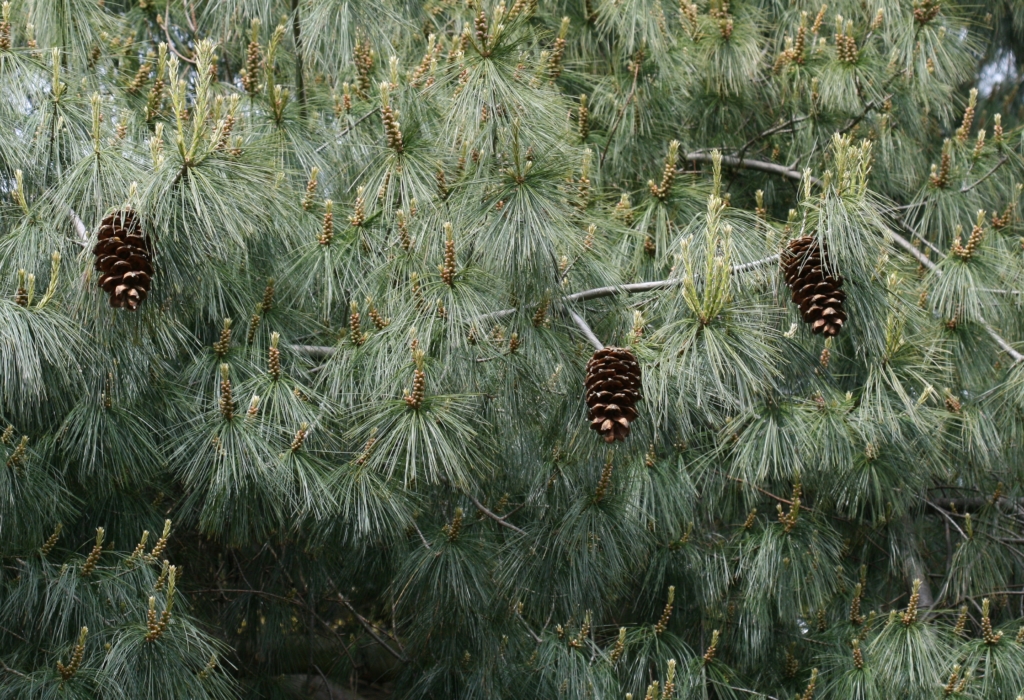
Siberian Pine
The Siberian pine is seen in Russia. From ancient times this tree has had material and spiritual importance. Inhabitants call it the “mother-tree” or the “cow tree” as they could obtain milk, oil, and cream from the tree’s pine nuts.
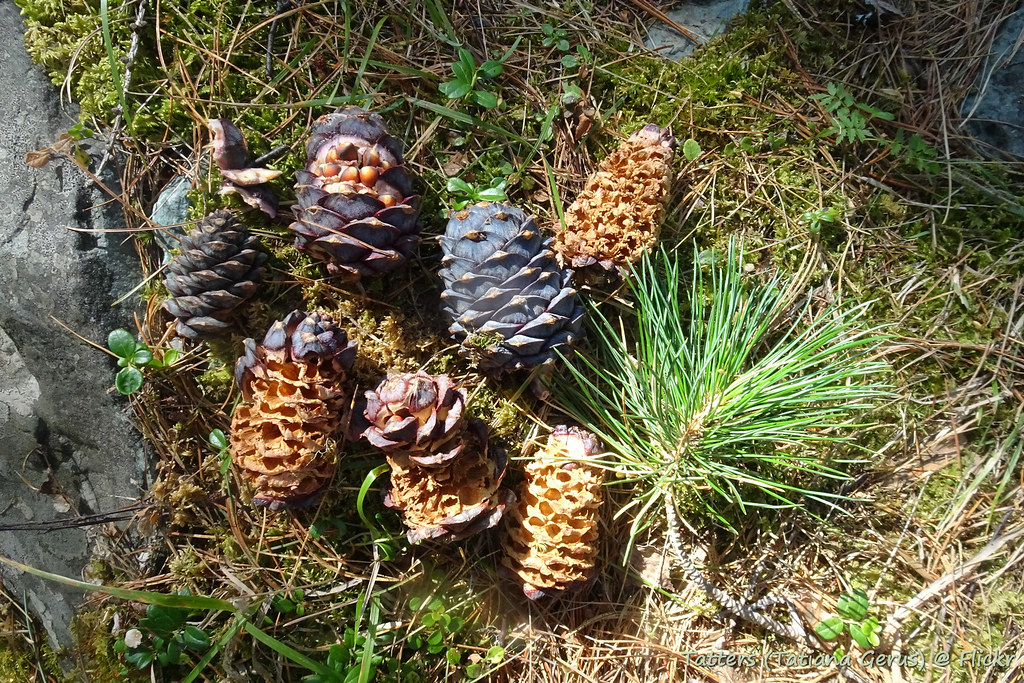
Swiss and Stone Pine
These types of pines are popularly seen in parts of Europe for more than 5,000 years. It yields the world’s highest pine nut production.
Korean Pine
These trees are found in the western parts of the Himalayas and in Northern Asia. It grows in acidic soil and can withstand harshly cold climates.
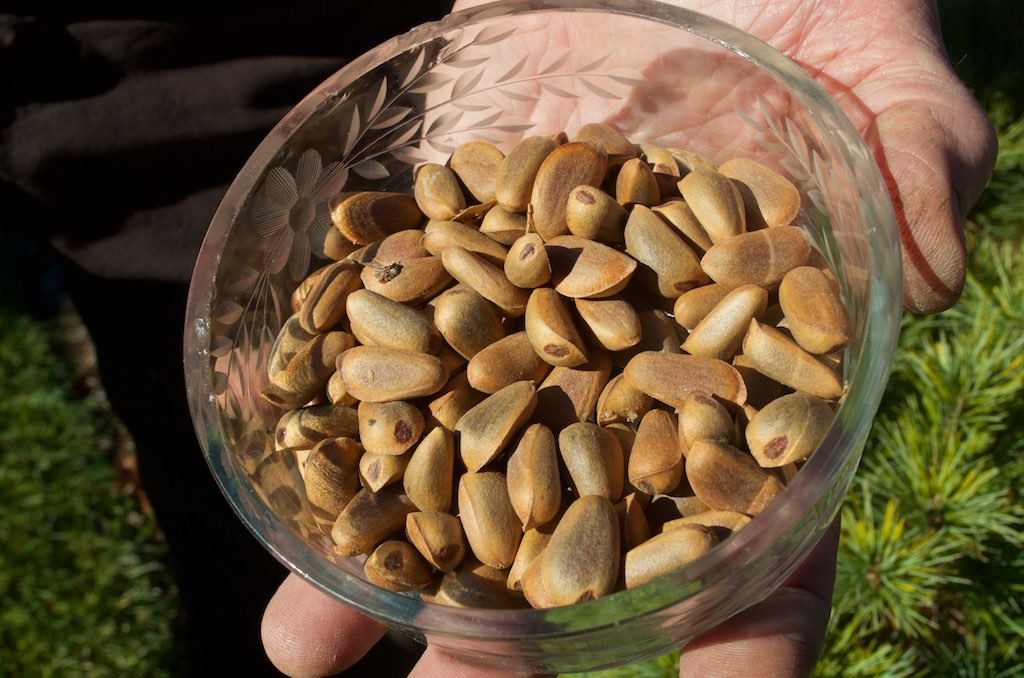
Health Benefits of Pine Nuts
Pine nuts are rich in Vitamin K, magnesium, zinc, and magnesium. As they are rich in zinc, they manage hormonal levels in the body. Pine nuts are also a good source of iron that helps boost brain activity and stores oxygen in the body.
They are also a high source of fiber. Pine nuts contain polyunsaturated fats which is a good type of fat beneficial for heart health. Pine nuts are also rich in antioxidants and hence they help to remove free radicals from the body.
Culinary Benefits of Pine Nuts
Pine nuts are most notably used in pesto. The crunchy nuts are pounded or pureed into a paste that is rich and creamy; it’s a taste that cannot be missed!
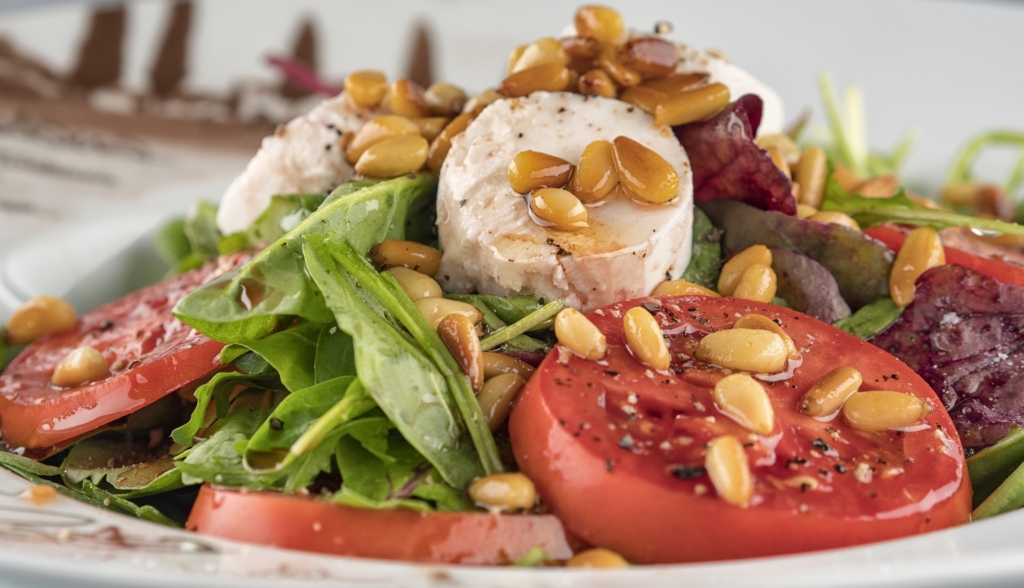
Want to cut down the acidic flavor of lemon in the lemon tarts? Pine nuts are the solution! Garnishing with pine nuts adds another dimension of crunchiness and the fat in the pine nuts can balance out the acidic bite in the tangy tart.
Pine nuts are also used to make delicious and crunchy cookies like the Italian pignoli cookies which are almond cookies topped with pine nuts.
Looking to try out the savory side of pine nuts? Pine nuts work great when paired with beef briskets and picadillo stuffed empanadas with spicy chile powder, raisins, and sherry.
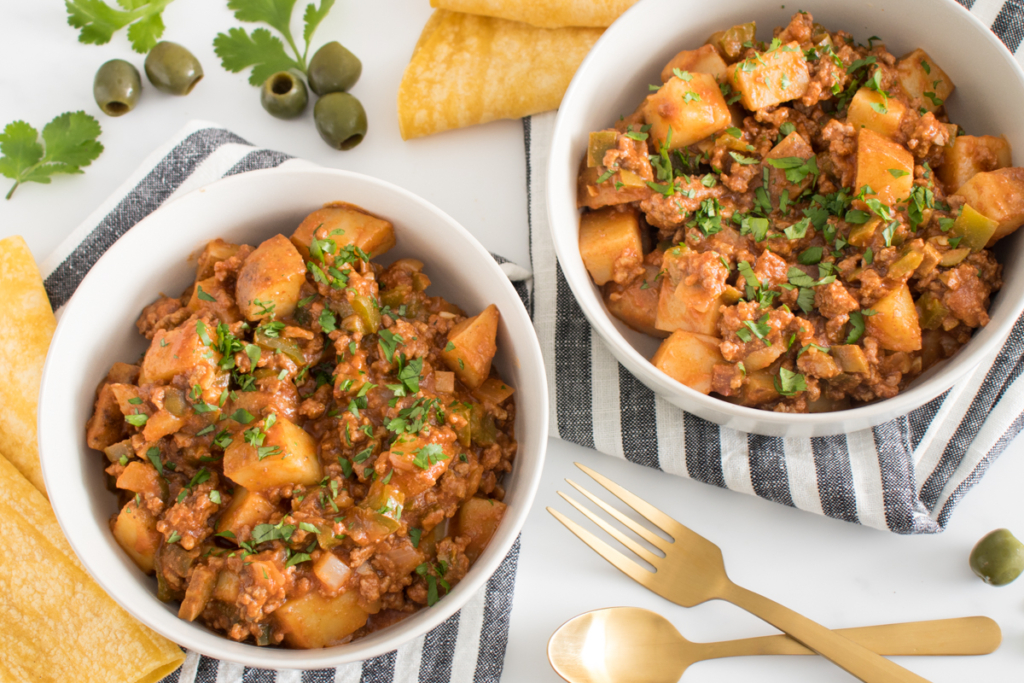
Pine nuts, being a healthy source of many nutrients, are a great addition to salads. Pine nuts taste great on nearly any salad, but we especially love their addition on avocado, roasted red pepper, spinach, and feta salad.
Storage
Pine nuts can be stored in airtight containers in the fridge for 1-2 months and in the freezer for 3-6 months. It’s easy to tell when pine nuts go bad as they will have a bitter taste and an unpleasant smell.
Feature Image: Flickr user wuestenigel ( CC BY 2.0 )
